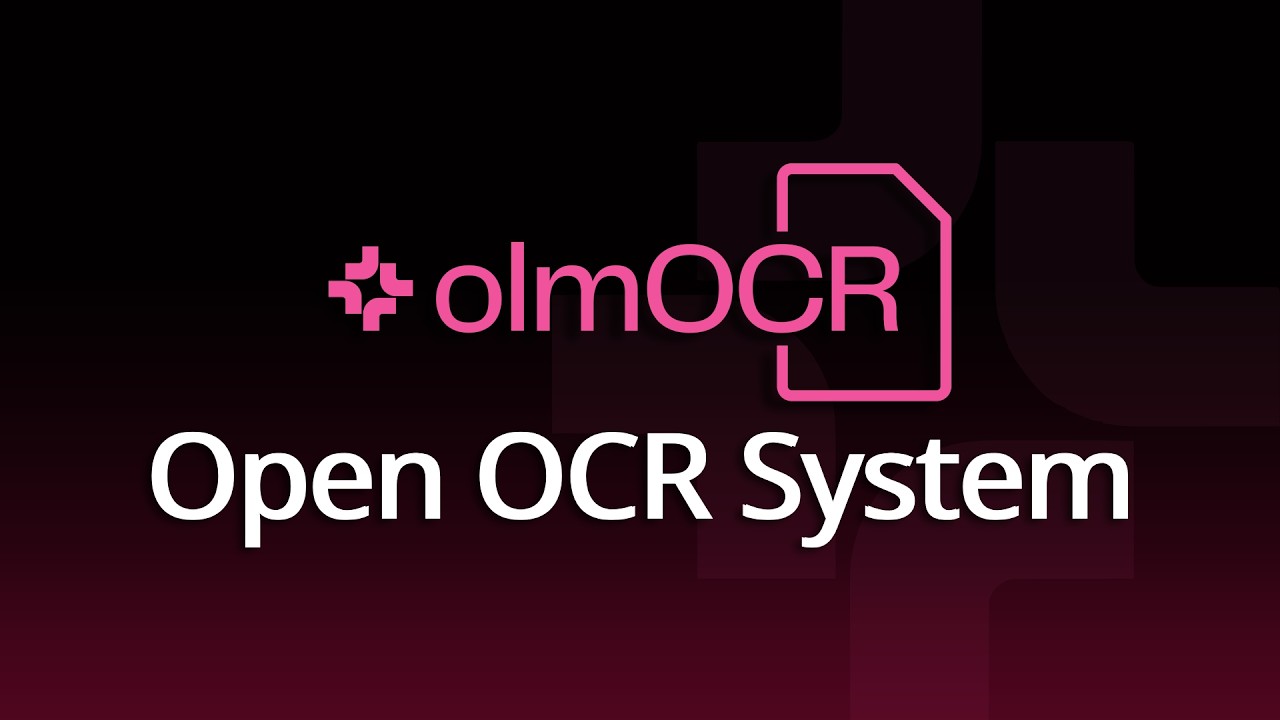The video introduces mOCR, a new open-source OCR model by Ln AI designed to effectively extract text from complex documents like PDFs, including printed text and handwriting, enhancing the usability of data for language models. It showcases the model’s capabilities through an interactive tool, emphasizing its superior performance compared to existing alternatives and encouraging users to explore its applications while maintaining control over their data.
The video discusses the release of a new OCR model called mOCR by Ln AI, aimed at addressing the challenges of converting documents, particularly PDFs, into usable formats for language models (LLMs). The presenter highlights the importance of high-quality data for training LLMs, noting that much valuable information is trapped in PDFs, which often contain rasterized images rather than plain text. The mOCR model is designed to extract text from these complex documents, including printed text and handwriting, making it a valuable tool for researchers and developers.
Ln AI is recognized for its commitment to open-source principles, having previously released various models and accompanying resources, including training code and datasets. The mOCR model is built upon the quen 2 VL 7B instruct model, which has been fine-tuned specifically for OCR tasks. The video emphasizes the significance of this approach, as it combines the strengths of established models with new capabilities tailored for document processing, thus enhancing the overall performance of OCR tasks.
The presenter explains that mOCR can handle a variety of document types, including academic papers, brochures, legal documents, and more. It is capable of outputting results in markdown format and can manage complex elements like equations, tables, and multi-column layouts. While no OCR model is perfect, mOCR reportedly outperforms many existing open-source alternatives, making it a promising option for users needing reliable document conversion.
To demonstrate the model’s capabilities, the video showcases an interactive tool where users can upload documents for processing. The presenter walks through the process of using the model, including uploading PDFs and rendering them as images for OCR. The output is analyzed to assess the model’s accuracy in extracting text and formatting it appropriately, providing insights into its strengths and weaknesses.
Finally, the video encourages viewers to explore the mOCR model and its potential applications, particularly for those who prefer an on-premise solution for document processing. The presenter notes that while cloud-based options exist, using mOCR allows users to maintain control over their data. The video concludes with an invitation for viewers to share their experiences and challenges related to OCR, fostering a community discussion around the topic.
